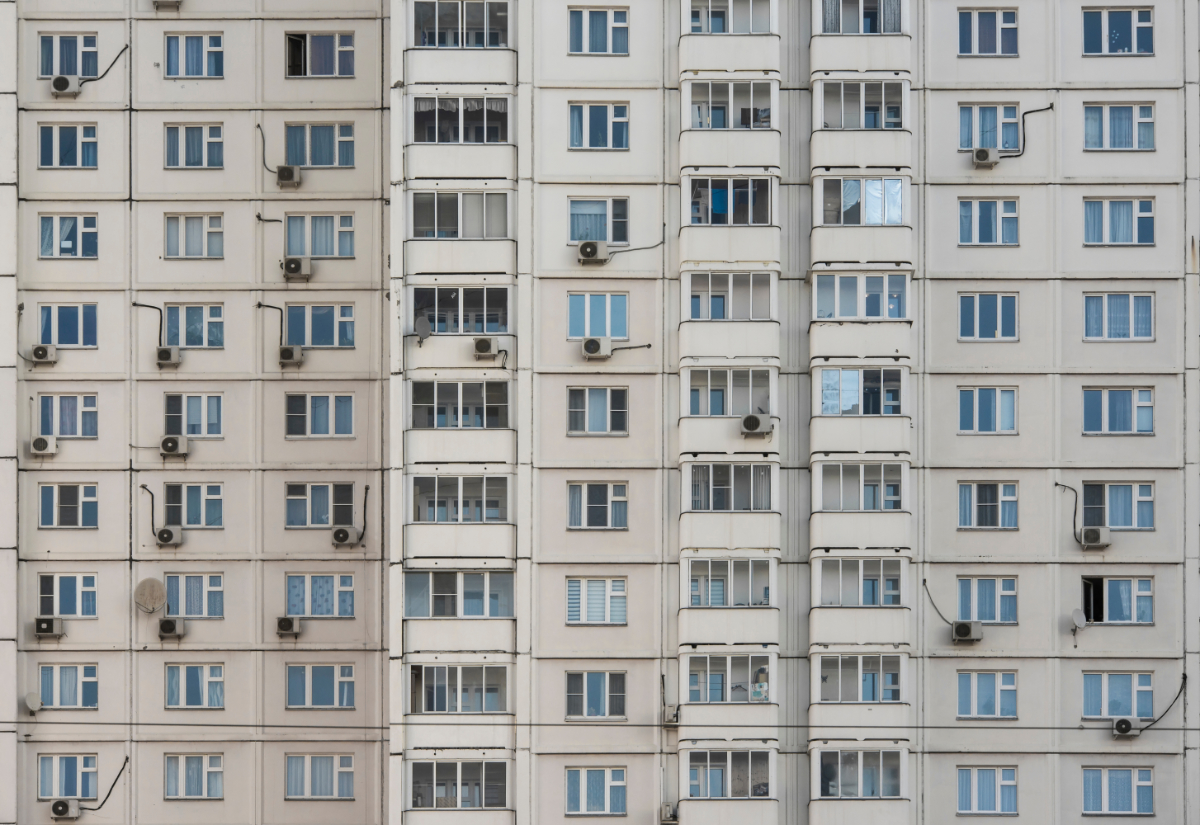
If you look at the facades of many Berlin buildings, light colors dominate. This is not in keeping with the times, because color research has long since gained completely new insights
Excerpt from the article …
“White modernism is coming to an end and the world is becoming more colorful again,” explains Axel Buether, architect and professor of visual communication didactics at the University of Wuppertal. The perceptual psychologist’s research interests include color, light and space. Over the past ten years or so, the colorfulness has gradually crept back in in great variety. They were good years with an economic boom and many new products and trends. According to Buether, the aim now is not just “to offer as many colors as possible, but the right ones.
It is becoming increasingly differentiated. Buyers place more value on matching colors. We are no longer satisfied with white.” The expert interprets the new bright trend colors at the beginning of the twenties “as an expression of fundamental fears of life, but also of the longings that have gripped many people in the face of advancing climate change, the crippling corona pandemic and the impending economic crisis”.
The expert interprets the new bright trend colors at the beginning of the twenties “as an expression of fundamental fears of life, but also of the longings that have gripped many people in the face of advancing climate change, the crippling corona pandemic and the impending economic crisis”. Natural colors are mainly popular, we don’t know how long we will have them. It’s like in the days when organic products suddenly became the ultimate in nutrition; they are allowed to be more expensive because they are the better product for consumers.
Full article in the Berliner Morgenpost from 13.03.2021 by Roland Mischke


